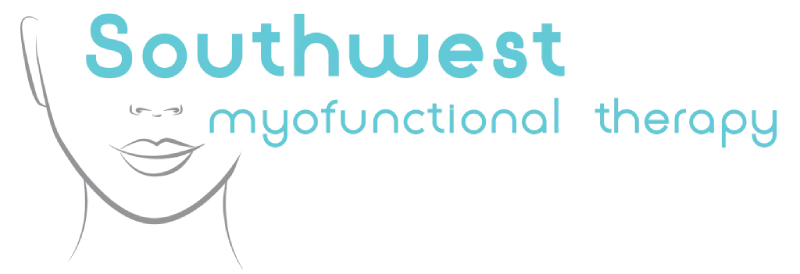Discussing tongue thrust – what it is and how myofunctional therapy can help, part 5
Posted by Sandraluz Gonzalez Feb 24, 2023

This post is the fifth in a series on tongue thrust and how myofunctional therapy can help treat it. If you haven’t read parts 1-4 yet, I recommend you do before continuing.
Diagnosing and treating tongue thrust with myofunctional therapy
The consequences of tongue thrust are far reaching and can be quite serious. Fortunately, the majority of these cases can be treated in a non-invasive and non-surgical manner with myofunctional therapy.
At its root, tongue thrust is a postural issue. It is caused by improper tongue posture during swallowing, at rest, or both. In order to treat the disorder, we simply need to correct the posture of the tongue.
Myofunctional therapy uses a variety of specialized exercises to strengthen and retrain specific muscles in the mouth, face, and jaw. By targeting imbalanced areas with these specifically designed exercises, a myofunctional therapist can correct the improper posture of the tongue.
No two cases of tongue tie are alike. Each patient has slightly different imbalances and issues, and will respond to treatment differently. A skilled myofunctional therapist will create a customized treatment plan and adapt it when necessary throughout treatment.
The exercises used to correct tongue thrust and most other myofunctional disorders aren’t difficult or painful. As long as the patient sticks to the treatment plan and keeps up with their exercises, they can expect to correct their thrust in around 1-3 months.
Historically, one of the big problems with treating tongue thrust was getting it diagnosed in the first place. You can’t treat what you don’t know about! Fortunately, as myofunctional therapy has become more popular, more and more healthcare professionals are getting the training necessary to spot the signs of this disorder.
Want to learn more about myofunctional therapy and OMDs? Check out our page on treatment of tongue thrust and other orofacial myofunctional disorders (OMDs).
Office Hours
MON - THU8:30 am - 5:00 pm
FRI - SUNBy appointments only





